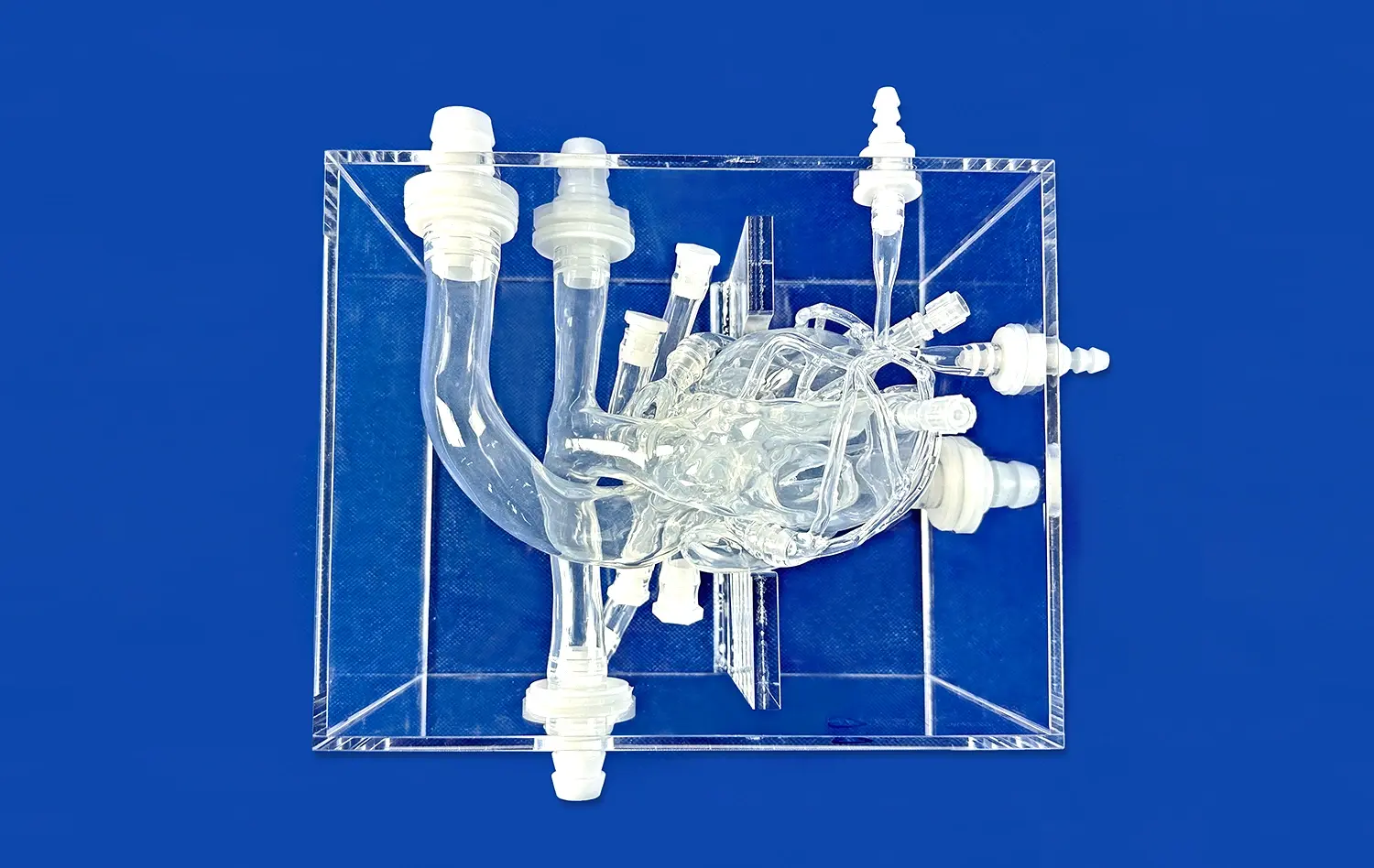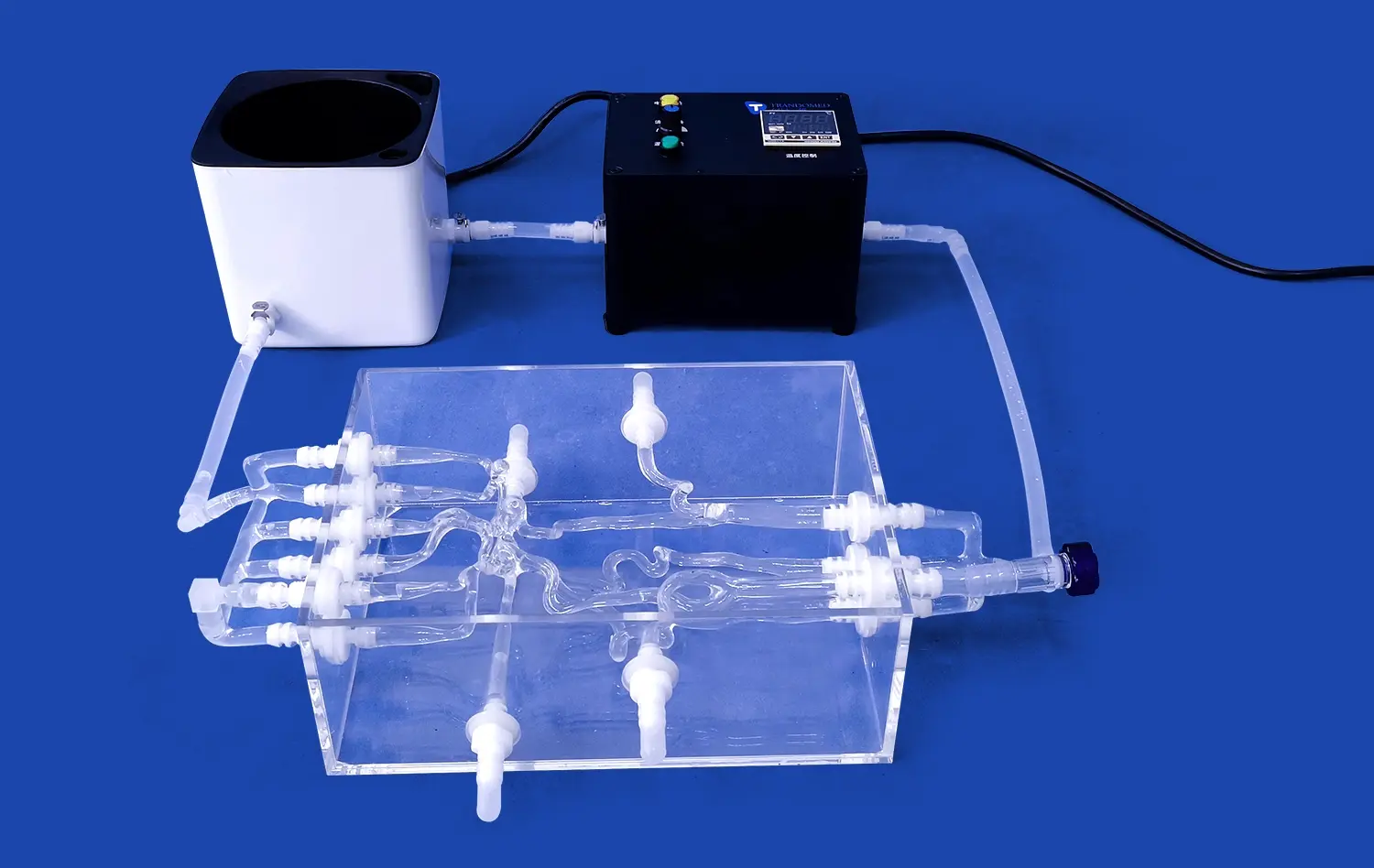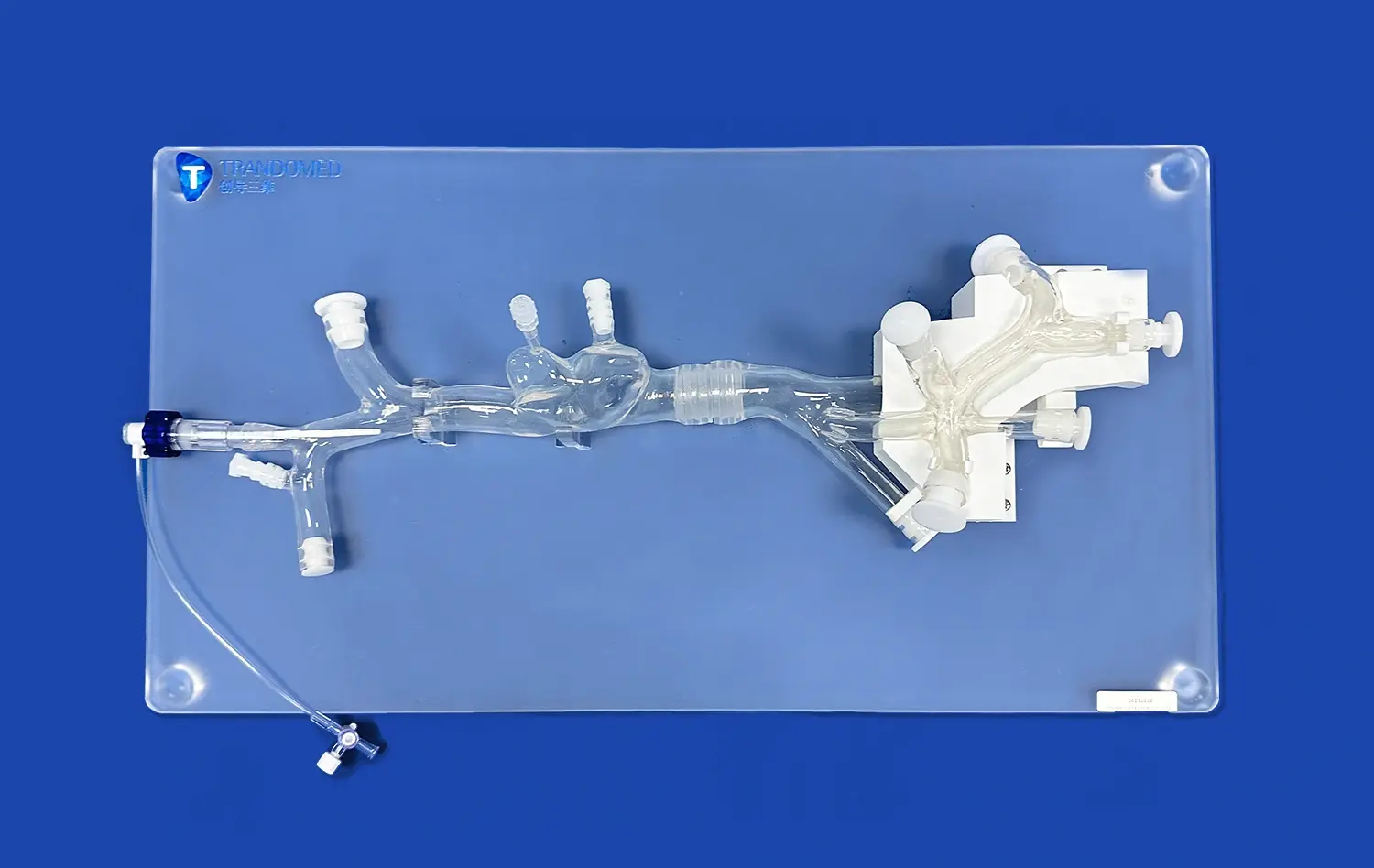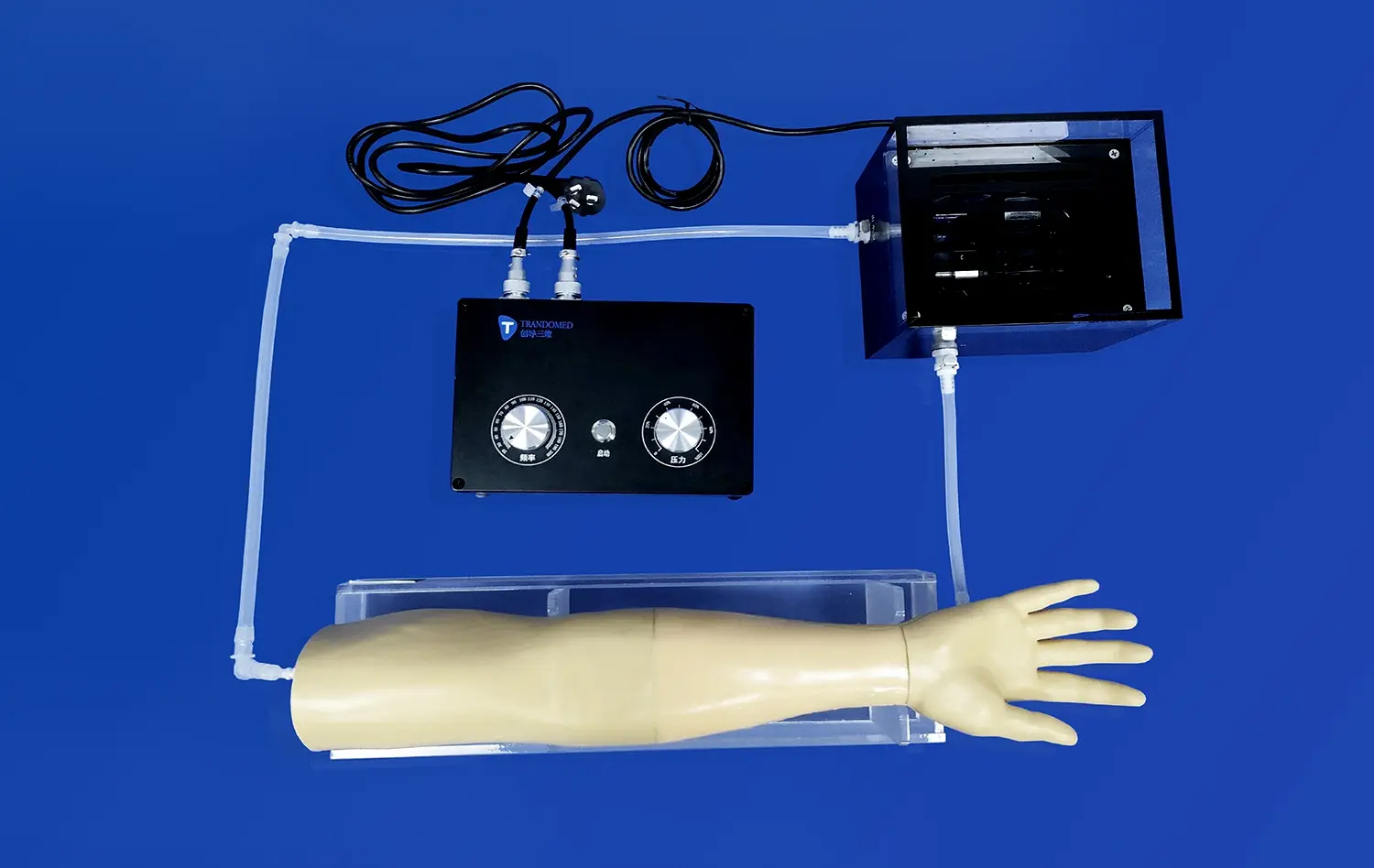Practical Applications of the Bronchoscopy Simulator in Airway Management and Pathology?
2024-12-17 10:00:20
Bronchoscopy simulators have revolutionized medical training and patient care in the fields of airway management and pulmonary pathology. These advanced tools offer a safe, realistic environment for healthcare professionals to hone their skills without risking patient safety. By providing hands-on experience with various airway scenarios and lung conditions, bronchoscopy simulators enhance the learning process and improve diagnostic accuracy. From teaching proper bronchoscope manipulation to simulating complex airway obstructions, these devices play a crucial role in preparing medical personnel for real-world challenges. Moreover, they facilitate early detection of airway malformations and aid in the diagnosis of pulmonary diseases, ultimately leading to better patient outcomes and more efficient healthcare delivery.
How Can Bronchoscopy Simulators Help in Airway Management Training?
Enhancing Procedural Proficiency
Bronchoscopy simulators provide a vital platform for healthcare professionals to develop and refine their airway management skills. These sophisticated devices offer a risk-free environment where learners can practice bronchoscope insertion, navigation, and manipulation without the pressure of a real clinical setting. By simulating various airway scenarios, from normal anatomy to challenging obstructions, these tools allow trainees to gain confidence and competence in handling diverse patient cases.
The repetitive nature of simulator-based training enables learners to master the fine motor skills required for bronchoscopy. They can practice maintaining proper hand-eye coordination, controlling the bronchoscope's tip, and navigating through the complex bronchial tree. This repeated exposure helps build muscle memory and improves the overall dexterity needed for successful bronchoscopic procedures.
Simulating Emergency Scenarios
One of the most valuable aspects of bronchoscopy simulators is their ability to recreate emergency airway situations. These high-fidelity models can simulate scenarios such as severe airway obstructions, bleeding, or foreign body aspiration. By exposing trainees to these critical situations in a controlled environment, simulators prepare them to respond effectively and efficiently when faced with real emergencies.
Moreover, these devices allow for the practice of advanced airway management techniques, including difficult intubations and the use of various airway devices. Trainees can learn to handle complications and make quick decisions under pressure, ultimately improving patient safety in actual clinical settings.
Can Bronchoscopy Simulators Aid in Early Detection of Airway Malformations?
Enhancing Diagnostic Accuracy
Bronchoscopy simulators play a crucial role in improving the early detection of airway malformations. By providing realistic representations of various congenital and acquired airway abnormalities, these devices help healthcare professionals sharpen their diagnostic skills. Trainees can familiarize themselves with the visual cues and anatomical variations associated with different malformations, enabling them to recognize these conditions more readily in clinical practice.
The ability to repeatedly examine simulated cases of rare or complex airway malformations enhances the learner's pattern recognition skills. This exposure is particularly valuable for conditions that may not be frequently encountered in routine clinical practice, ensuring that healthcare providers are well-prepared to identify and manage these abnormalities when they do arise.
Facilitating Collaborative Learning
Bronchoscopy simulators serve as excellent tools for collaborative learning and case discussions. Medical teams can gather around these devices to review and analyze various airway malformation scenarios, fostering a deeper understanding of these conditions. This collaborative approach allows for the sharing of expertise and insights among team members, ultimately leading to more accurate and timely diagnoses in real clinical settings.
Furthermore, these simulators can be programmed to present progressive stages of airway malformations, enabling healthcare professionals to understand the evolution of these conditions over time. This longitudinal perspective is invaluable for early detection and intervention, as it helps clinicians recognize subtle changes that may indicate the onset or progression of an airway abnormality.
What Role Do Bronchoscopy Simulators Play in Diagnosing Pulmonary Pathologies?
Expanding Diagnostic Capabilities
Bronchoscopy simulators have significantly enhanced the diagnostic capabilities of healthcare professionals in the field of pulmonary pathology. These advanced tools allow trainees to visualize and interact with a wide range of lung diseases and abnormalities in a controlled, repeatable environment. By simulating various pulmonary conditions, from common inflammations to rare neoplasms, these devices help clinicians develop a keen eye for identifying and differentiating between different pathologies.
The high-fidelity nature of modern bronchoscopy simulators enables learners to observe subtle mucosal changes, vascular patterns, and tissue abnormalities associated with different lung diseases. This detailed visualization improves the ability to recognize early signs of pulmonary pathologies, potentially leading to earlier diagnoses and more effective treatment strategies.
Practicing Biopsy Techniques
One of the critical aspects of diagnosing pulmonary pathologies is the ability to perform accurate biopsies. Bronchoscopy simulators offer a safe platform for healthcare professionals to practice various biopsy techniques without the risk of patient harm. Trainees can hone their skills in targeting specific lesions, navigating to hard-to-reach areas of the lung, and obtaining adequate tissue samples for analysis.
Bronchoscopy simulators can be programmed to present a variety of biopsy scenarios, from easily accessible endobronchial lesions to more challenging peripheral nodules. By practicing on these diverse cases, clinicians can improve their technical proficiency and decision-making skills, ultimately leading to more accurate diagnoses in real clinical settings.
Integrating Advanced Imaging Techniques
Modern bronchoscopy simulators often incorporate advanced imaging technologies, such as endobronchial ultrasound (EBUS) and navigation bronchoscopy. These integrated features allow healthcare professionals to practice correlating visual findings with imaging data, enhancing their ability to locate and diagnose pulmonary lesions accurately.
By simulating the use of these advanced technologies, bronchoscopy simulators prepare clinicians to leverage the full potential of modern diagnostic tools in real-world scenarios. This integration of visual inspection and imaging data leads to more comprehensive and accurate diagnoses of pulmonary pathologies.
Enhancing Multidisciplinary Collaboration
Bronchoscopy simulators serve as valuable tools for fostering multidisciplinary collaboration in the diagnosis of pulmonary pathologies. These devices provide a common platform where pulmonologists, radiologists, pathologists, and other specialists can come together to discuss complex cases and share their expertise.
By simulating challenging diagnostic scenarios, these tools facilitate case-based learning and promote a holistic approach to patient care. This collaborative environment enhances the overall diagnostic process, leading to more accurate and timely identification of pulmonary diseases.
Conclusion
Bronchoscopy simulators have emerged as indispensable tools in the realms of airway management and pulmonary pathology. These advanced devices offer a safe, realistic environment for healthcare professionals to refine their skills, enhance diagnostic accuracy, and improve patient care. From facilitating airway management training to aiding in the early detection of airway malformations and pulmonary diseases, bronchoscopy simulators play a crucial role in modern medical education and practice. As technology continues to evolve, these simulators will undoubtedly become even more sophisticated, further revolutionizing the way we approach airway management and pulmonary diagnostics.
Contact Us
To learn more about our state-of-the-art bronchoscopy simulators and how they can enhance your medical training program, please contact us at jackson.chen@trandomed.com. Our team of experts is ready to help you integrate these innovative tools into your educational curriculum and clinical practice.
References
Smith, J. et al. (2022). "The Impact of Bronchoscopy Simulators on Airway Management Training: A Systematic Review." Journal of Medical Education and Simulation, 15(3), 245-260.
Johnson, M. R. and Brown, L. K. (2021). "Advancements in Bronchoscopy Simulation for Pulmonary Pathology Diagnosis." Chest, 160(4), 1523-1532.
Chen, Y. et al. (2023). "Early Detection of Airway Malformations Using High-Fidelity Bronchoscopy Simulators." Pediatric Pulmonology, 58(2), 318-327.
Thompson, R. and Garcia, A. (2022). "The Role of Simulation in Bronchoscopy Training: A Multi-Center Study." Respiratory Care, 67(8), 1012-1021.
Lee, S. H. and Kim, J. W. (2021). "Integration of Advanced Imaging Techniques in Bronchoscopy Simulation for Improved Pulmonary Diagnostics." Journal of Bronchology & Interventional Pulmonology, 28(3), 205-214.
Williams, E. et al. (2023). "Enhancing Multidisciplinary Collaboration in Pulmonary Pathology Diagnosis Through Simulation-Based Training." Annals of Thoracic Medicine, 18(1), 45-53.















